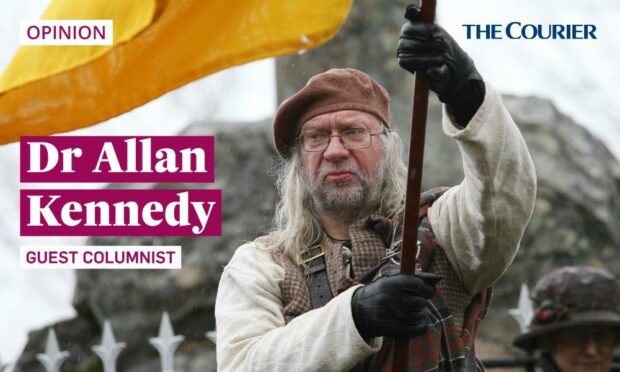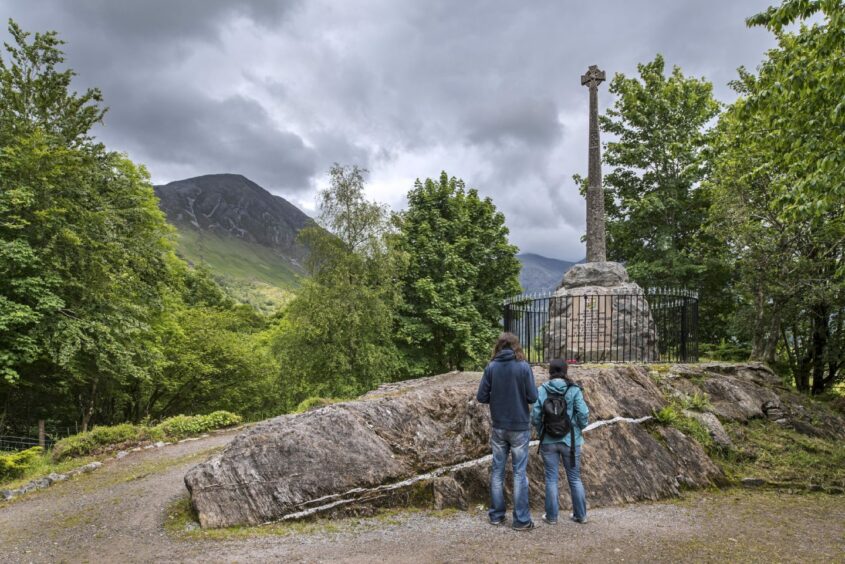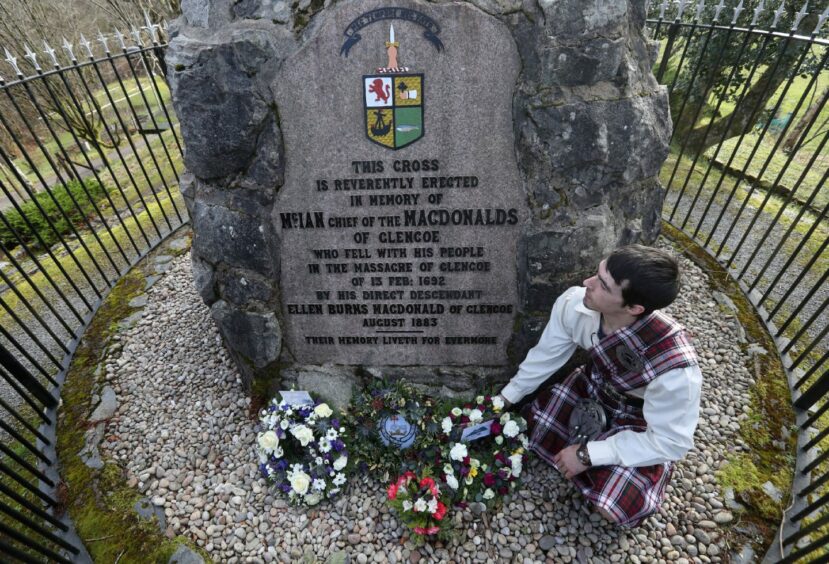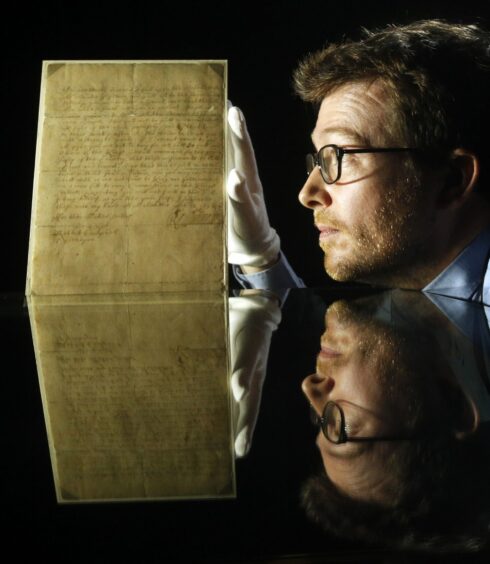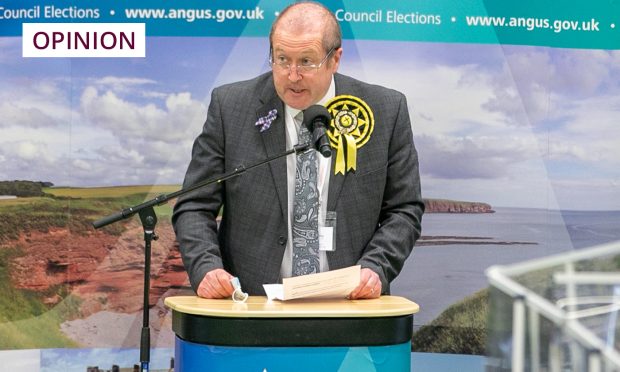It was cold at Inverrigan on February 13 1692. This, however, was unlikely to have worried the 120-or-so soldiers mustering there at 5am. For they had before them a morning’s work that was sure to warm them up.
Their orders were to inflict, on behalf of King William II, exemplary punishment on the local populace.
The result would be one of the most shocking acts of political violence in all of British History: the massacre of Glencoe.
Glen Coe was home to the MacDonalds of Glencoe, a small Highland clan consisting of 200 or so families.
The soldiers, under the command of Captain Robert Campbell of Glenyon, had been living among them and extracting “free quarter” (an established punishment for non-payment of tax) for around a fortnight.
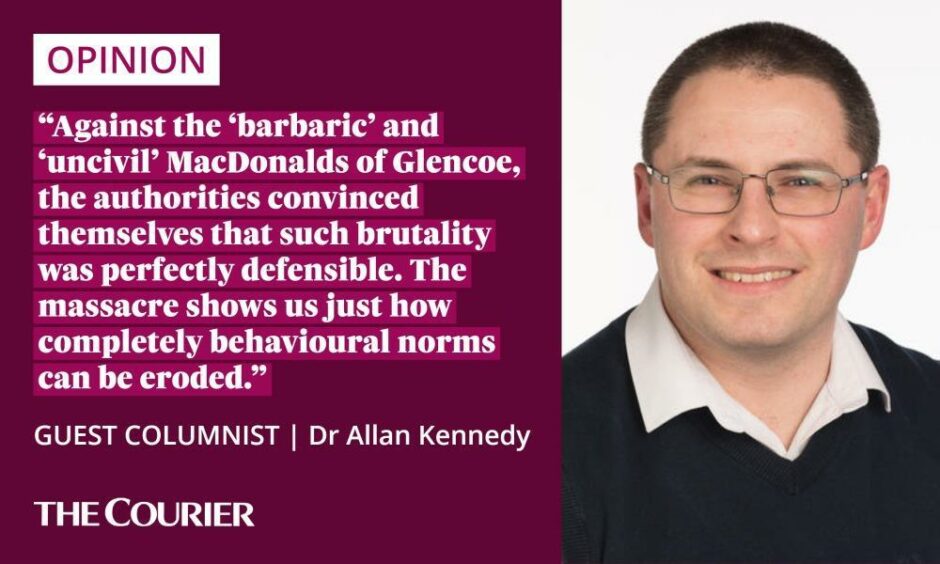
Responding that frigid morning to orders received the previous day, Glenlyon scattered his men throughout the glen in small parties, each with instructions to kill as many MacDonalds as they could.
By mid-morning, after several hours of frenzied work with guns and bayonets, their task was more or less complete.
Nearly 40 MacDonalds lay dead, and dozens more had fled into the hills.
Their homes were left as smoking ruins.
Glencoe massacre had deep rooted causes
These events were the culmination of both short- and long-term trends in Scottish history.
The immediate cause was the revolution of 1688-91, which had overthrown the Catholic King James VII in favour of his Protestant daughter and son-in-law, Mary II and William II.
Supporters of James, eventually known as Jacobites, immediately launched an attempted counter-revolution.
And their military campaign, including their defeat of government forces at the battle of Killiecrankie in July 1689, caused enormous worry to the fledgling regime.
Importantly, nearly all of the Jacobite manpower was drawn the Highlands, and from clans like the MacDonalds of Glencoe, which led the government to conclude that Highlanders were inherently suspect.
Anti-Highlander prejudice gave government its boldness
This mattered because it tied in with very deep-rooted anti-Highland prejudice.
The idea that Highlanders were barbaric, uncivilised, and deeply violent had long been part of Lowland thinking, and had crystallised into an accepted orthodoxy by the time William took the throne.
This was a realm accustomed to thinking of its Highland subjects as wild, lawless ruffians, and the MacDonalds of Glencoe were widely reputed to be among the worst of the lot.
It was an attitude that allowed the government to conclude their violent removal was both justifiable and desirable.
Massacre wrecked William’s reputation
The Glencoe massacre was arguably successful in its aim of containing Highland Jacobitism.
Certainly, William faced no further significant Jacobite agitation in Scotland for the remainder of his reign.
But the cost was eye-watering, for Glencoe was a public relations disaster for the Williamite regime.
Political violence was not unusual in the 17th century, but the cold brutality of Glencoe was still shocking, and it brought the competence of William’s government, and even his own fitness to wear the crown, under sustained scrutiny.
A parliamentary inquiry in 1695 may have exonerated William, while finding a convenient scapegoat in his secretary of state, James Dalrymple, master of Stair.
But the stench of Glencoe lingered, contributing in no small measure to the almost complete breakdown of his relations with Scotland by the time of his death in 1702.
Anniversary is a warning from history
330 years on, the massacre of Glencoe remains infamous.
Its influence on popular culture, particularly through literature, poetry and song, has proved enduring, right up to the present day.
It has also, on occasion, been co-opted into Scotland’s ongoing constitutional debate.
Perhaps (from a unionist perspective) the massacre underlined Scotland’s inherent inability to keep its own house in order, setting it up to be ‘rescued’ in the 1707 union?
Or maybe (in a nationalist reading) Glencoe instead showed the disastrous consequences of letting Scotland be ruled by a government whose primary attentions and interests were always elsewhere?
More generally, Glencoe stands as a stark reminder of what can happen when prejudice is allowed to run free.
No 17th-century government would have sanctioned a comparable action against Lowland Scots (the anti-Presbyterian ‘killing time’ of the 1680s looks like a paragon of legal fastidiousness in comparison).
But against the ‘barbaric’ and ‘uncivil’ MacDonalds of Glencoe, the authorities convinced themselves that such brutality was perfectly defensible.
The massacre, then, shows us just how completely behavioural norms can be eroded by persistently hostile, ‘othering’ discourses, and therefore the importance for the health of the body politic of empathy and understanding.
In 2022, these lessons from 330 years ago remain as urgent as ever.
Dr Allan Kennedy is a lecturer in history at the University of Dundee.
